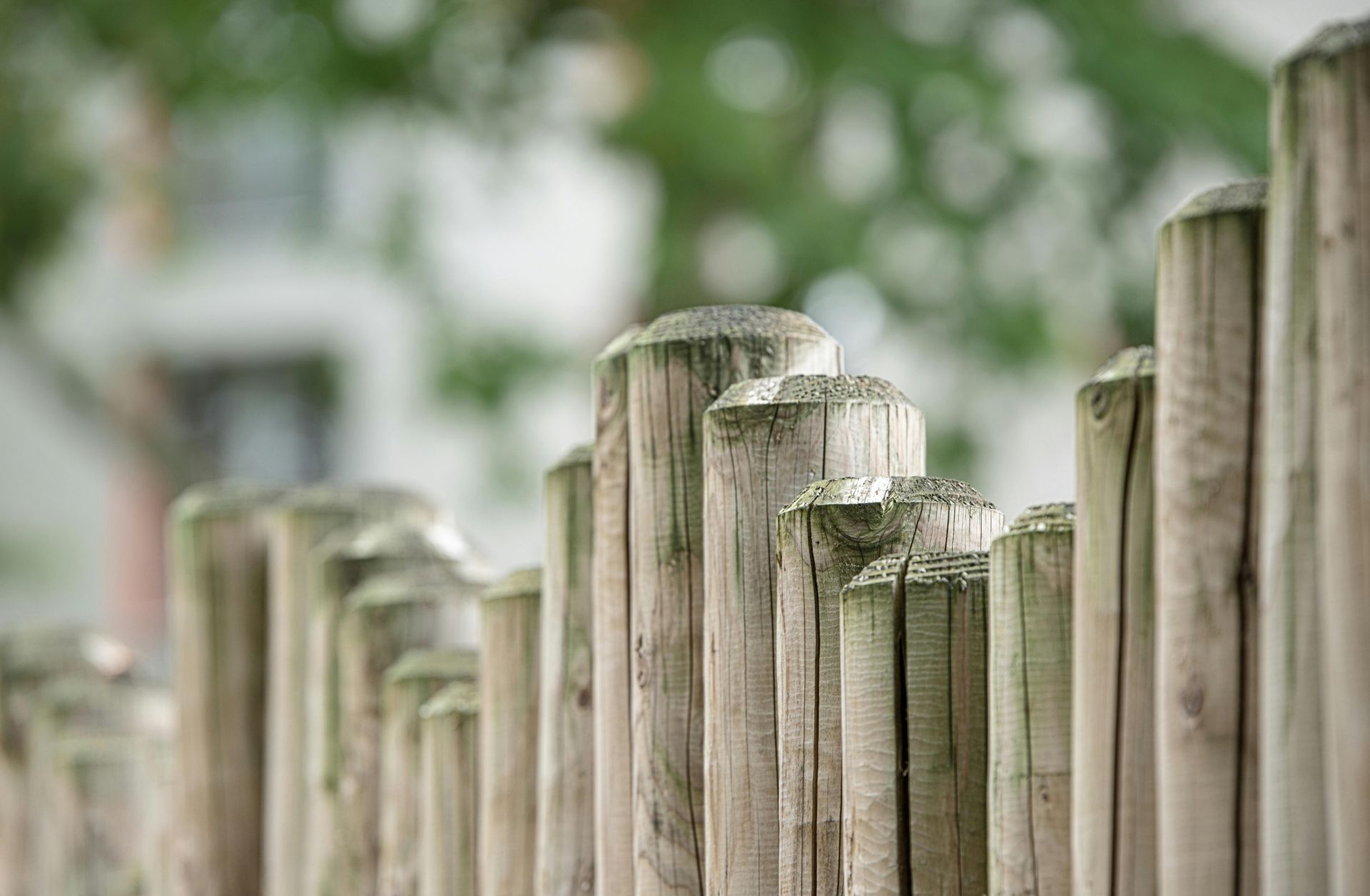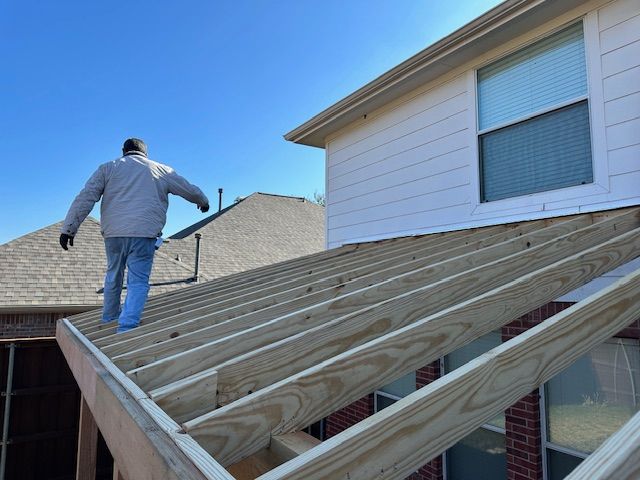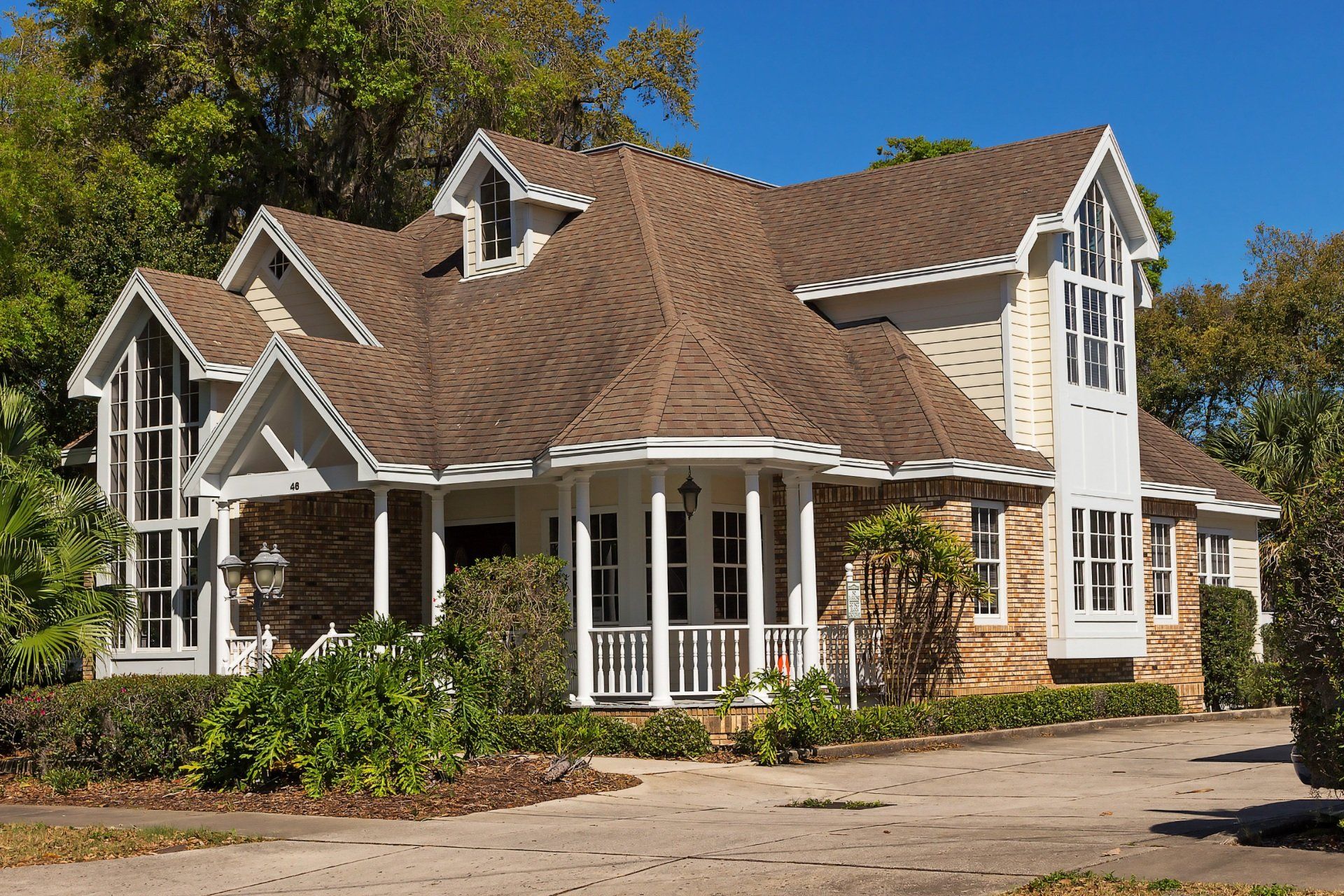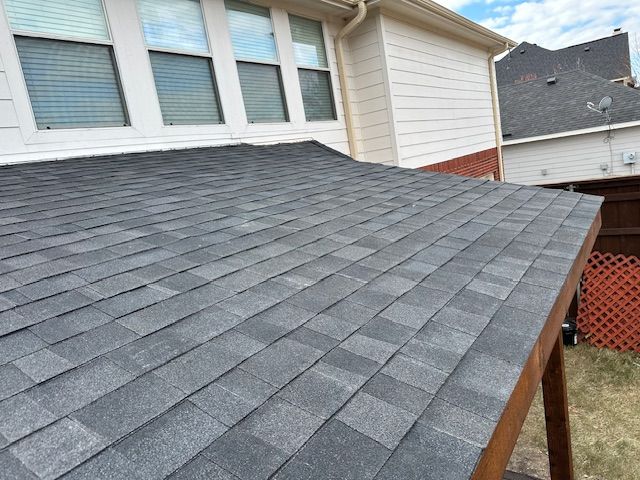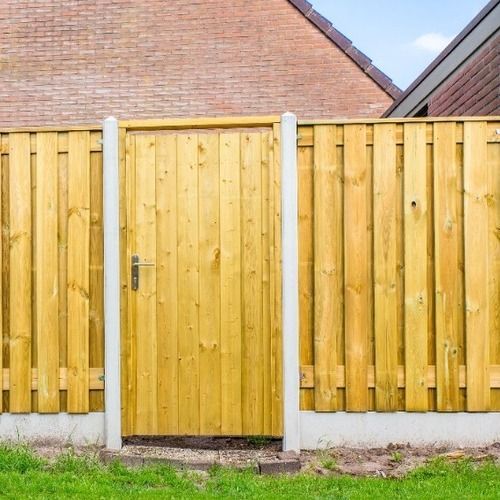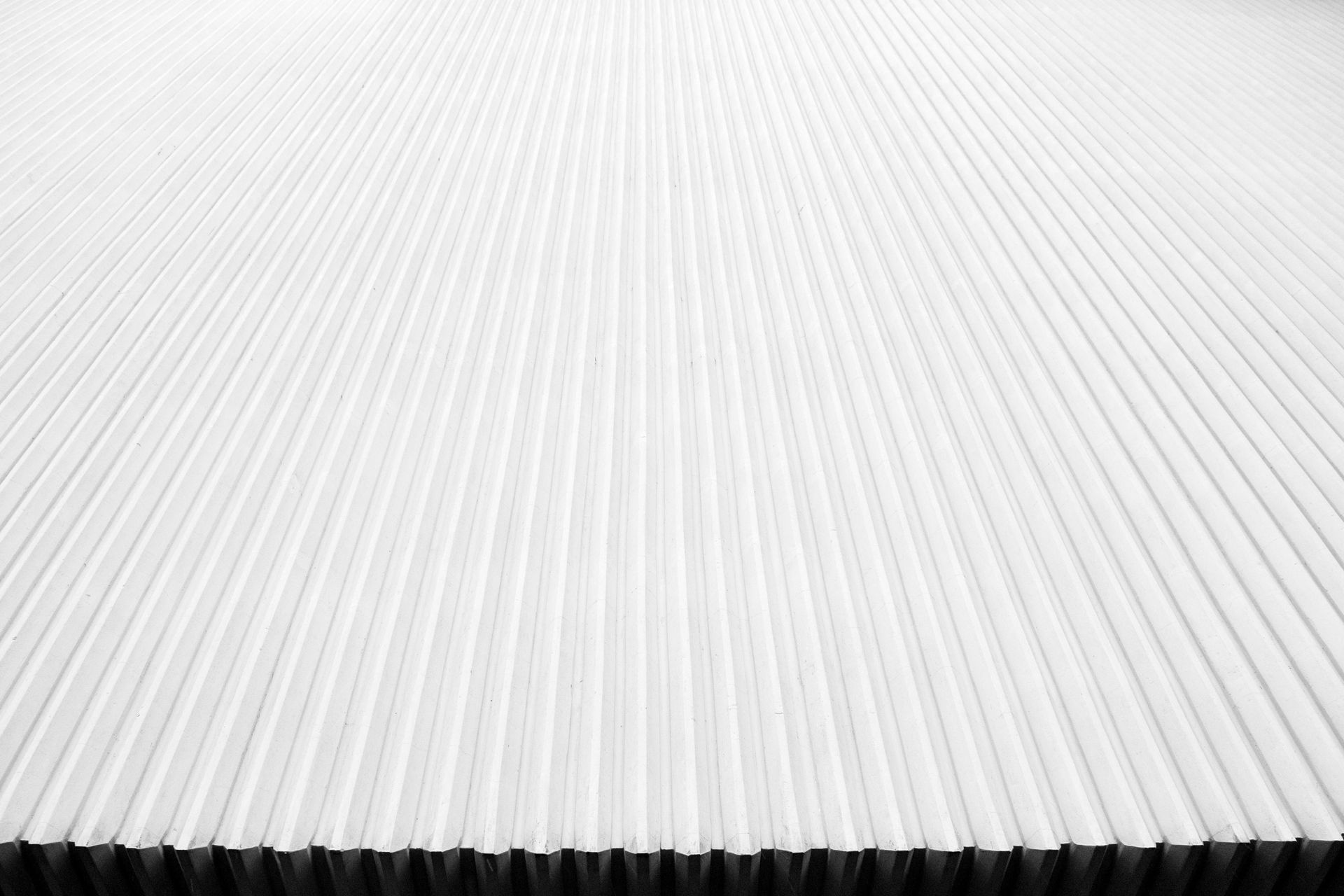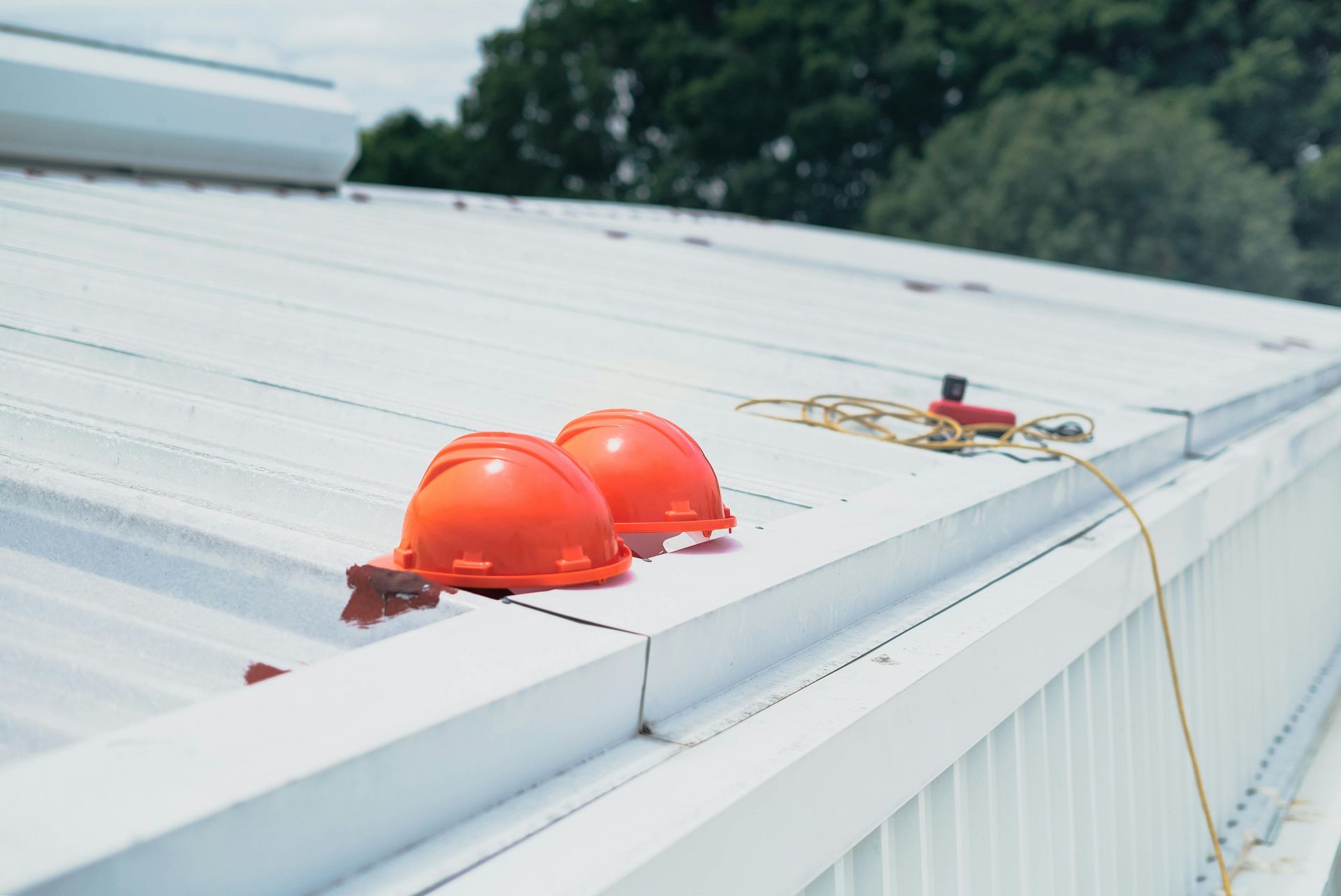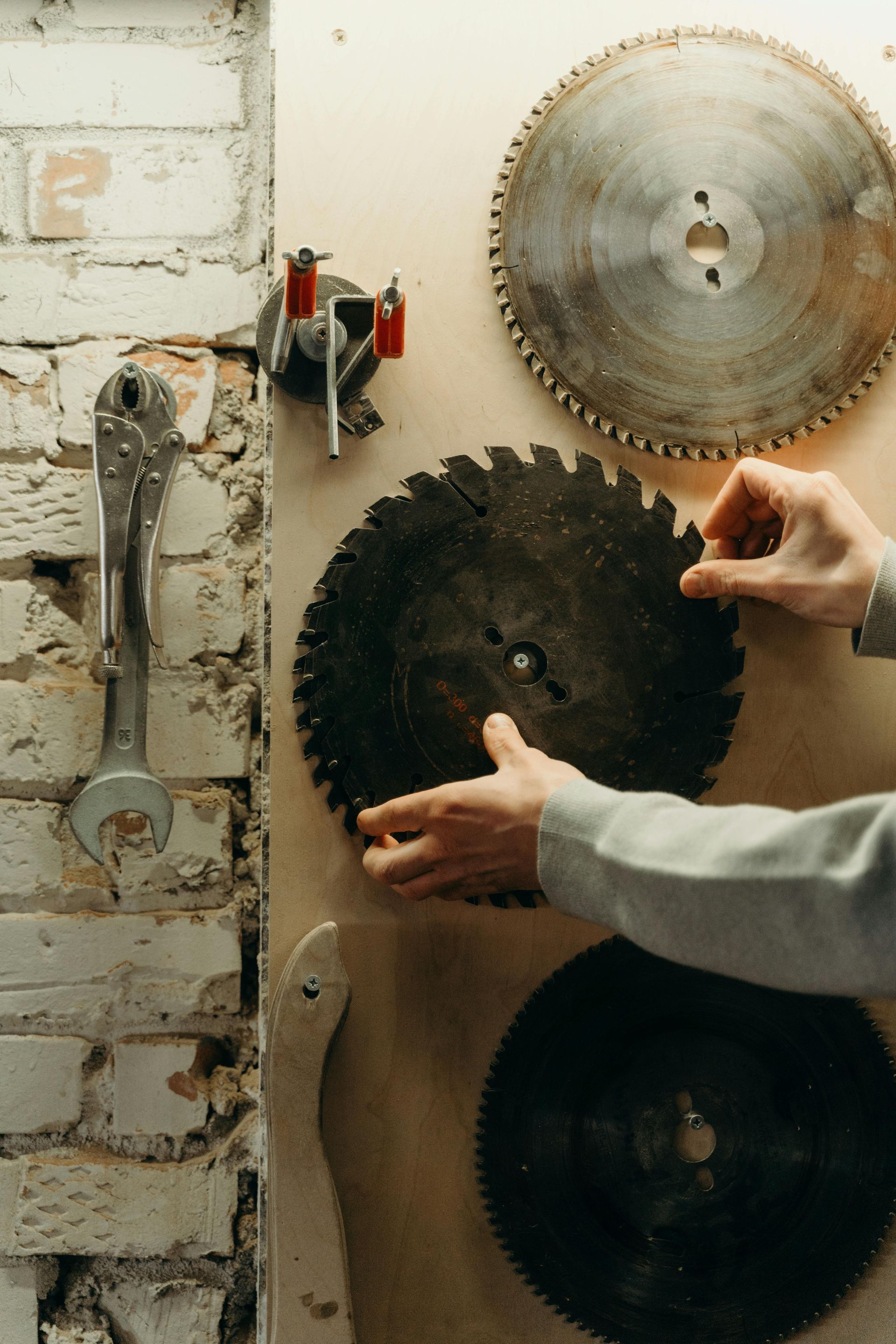The Ultimate Guide to Choosing the Right Fence for Your Home or Business
A fence does more than mark property lines—it adds security, privacy, and boosts curb appeal. Whether you need to keep pets in, block out noise, or create a safe space for kids, choosing the right fence matters. The wrong one can lead to high maintenance costs, HOA issues, or even a fence that doesn't serve its purpose.
With so many fencing options available, making the right choice can feel overwhelming. This guide breaks down the best fencing materials, their pros and cons, and key factors to consider before installation. By the end, you’ll know exactly what type of fence fits your needs, budget, and home style—so you can invest in a fence that lasts.
Key Factors to Consider When Choosing a Fence
Not all fences work for every home. Before choosing one, think about what you need it for and how it will fit your property. A fence should match your lifestyle, budget, and long-term plans. Here’s what to consider before making a decision.
Purpose: What Do You Need the Fence For?
Start by identifying the main reason for installing a fence. Different fences serve different purposes. Some offer privacy, while others provide security or simply boost curb appeal.
- Privacy: Tall wood, vinyl, or composite fences block views from neighbors.
- Security: Metal and chain-link fences protect against intruders.
- Pet and child safety: Fully enclosed designs keep pets and kids inside.
- Curb appeal: Wrought iron and decorative wood fences enhance home aesthetics.
Local Regulations and HOA Rules
Some areas have strict rules on fencing. Check local zoning laws and HOA guidelines before making a decision. These rules often regulate fence height, materials, and placement. Ignoring them could mean costly fines or even removing the fence later.
Budget: Upfront Cost vs. Long-Term Investment
A fence is an investment, so think beyond the initial price. Wood fences may be cheaper upfront but require more maintenance. Vinyl and metal options cost more but last longer with little upkeep. Consider installation costs, repairs, and maintenance before deciding.
Durability and Climate Considerations
Not all fences handle weather the same way. Choose a material that fits your climate.
- Wood: Can warp or rot in wet climates without proper treatment.
- Vinyl: Withstands moisture but may crack in extreme cold.
- Metal: Rust-resistant aluminum lasts longer than traditional wrought iron.
Maintenance Requirements
If you don’t want to spend weekends staining and sealing, pick a low-maintenance material. Vinyl and composite fences need little upkeep, while wood requires regular treatment. Metal fences may need rust protection depending on the type.
Comparing Different Types of Fences
Each fencing material has its strengths and weaknesses. Some offer durability, while others focus on aesthetics or low maintenance. Choosing the right one depends on your needs, budget, and how much upkeep you’re willing to do.
Wood Fences: Classic and Versatile
Wood fences are one of the most popular choices for homeowners. They offer a natural look, provide privacy, and can be customized with different stains and paints.
✔ Best for: Homeowners looking for a traditional, customizable fence
✔ Pros: Affordable, easy to repair, enhances curb appeal
✖ Cons: Requires staining/sealing, vulnerable to rot and pests
⏳ Lifespan: 15–20 years with proper maintenance
Vinyl Fences: Low-Maintenance & Durable
Vinyl fences are ideal for homeowners who want a long-lasting, hassle-free option. They resist rot, pests, and moisture damage, making them a great alternative to wood.
✔ Best for: Low-maintenance homeowners, privacy fences
✔ Pros: Weather-resistant, no staining or sealing needed, won’t rot or warp
✖ Cons: Higher upfront cost, limited color options
⏳ Lifespan: 30+ years with minimal upkeep
Metal Fences: Strong and Secure
Metal fences, including wrought iron, aluminum, and steel, offer durability and security. They work well for both residential and commercial properties, adding elegance and strength.
✔ Best for: Security, decorative fencing, historic or luxury homes
✔ Pros: Extremely durable, customizable designs, high security
✖ Cons: Some metals require rust protection, higher cost than wood
⏳ Lifespan: 30+ years with proper care
Chain Link Fences: Affordable and Functional
Chain link fences are a cost-effective solution for securing large areas. While they don’t provide much privacy, they’re great for pets, kids, and commercial properties.
✔ Best for: Budget-conscious homeowners, pet enclosures, commercial properties
✔ Pros: Affordable, easy to install, low maintenance
✖ Cons: Lacks privacy, industrial look
⏳ Lifespan: 15–20 years
Composite Fences: The Modern Alternative
Made from a mix of wood fibers and plastic, composite fences combine the look of wood with the durability of vinyl. They’re eco-friendly and require little maintenance.
✔ Best for: Homeowners wanting a high-end, low-maintenance alternative to wood
✔ Pros: Resists weather, pests, and rot, no staining required
✖ Cons: Higher cost than wood or vinyl
⏳ Lifespan: 25–30 years
Other Specialty Fences
Some homeowners opt for specialty fences based on unique needs:
- Bamboo: Eco-friendly, stylish, but requires maintenance
- Electric: Best for livestock and security purposes
- Stone/Brick Walls: Extremely durable but expensive
How to Match Your Fence to Your Home’s Style
A fence isn’t just about security or privacy—it should also complement your home’s architecture. The right fence enhances curb appeal and ties everything together, while the wrong one can look out of place. Here’s how to choose a fence that blends with your home’s design.
Modern Homes: Sleek and Minimalist
For a contemporary look, go with clean lines and low-maintenance materials.
- Best options: Metal (aluminum or steel), horizontal wood slats, composite
- Why? These materials create a sharp, stylish look that matches modern aesthetics.
- Avoid: Ornate wrought iron or picket fences—they can clash with a minimalist design.
Traditional Homes: Classic and Timeless
If your home has a colonial, craftsman, or farmhouse style, a classic fence enhances its charm.
- Best options: Wood (cedar or redwood), white vinyl, wrought iron
- Why? These materials match the warm, inviting look of traditional homes.
- Avoid: Chain link—it can look too industrial for classic designs.
Ranch-Style Properties: Open and Functional
Ranch-style homes often have large yards, so fences should blend with the open landscape rather than close it off.
- Best options: Split rail, post-and-beam, wire mesh
- Why? These fences keep the property open while providing functional boundaries for animals or land.
- Avoid: Tall privacy fences—they can feel out of place in a wide, open space.
Suburban Homes: Practical and Private
For homes in neighborhood settings, a balance between privacy, security, and aesthetics is key.
- Best options: Vinyl, wood, composite
- Why? These fences provide privacy without looking too industrial or closed off.
- Avoid: Heavy-duty metal fences—they can feel too aggressive for a suburban yard.
Coastal or Cottage-Style Homes: Light and Airy
For homes near the beach or with a cottage aesthetic, fences should feel open and breezy rather than restrictive.
- Best options: Picket fences, white vinyl, bamboo
- Why? They enhance the relaxed, welcoming feel of a coastal or cottage home.
- Avoid: Dark, heavy materials like iron or steel, which can feel too harsh.
Matching your fence to your home’s style creates a cohesive, polished look that enhances property value.
Common Fence Installation Mistakes to Avoid
Installing a fence seems straightforward, but small mistakes can lead to costly repairs, HOA violations, or even having to rebuild the entire fence. Homeowners who rush the process or overlook key details often regret it later. Here are the most common mistakes and how to avoid them.
Not Checking Local Regulations and Property Lines
Many homeowners assume they can build a fence wherever they want. Skipping zoning laws, HOA rules, or property surveys can lead to legal trouble. Some cities have height restrictions, while HOAs may dictate materials and colors.
How to avoid it:
- Check local building codes before installation.
- If you live in a neighborhood with an HOA, get written approval before starting.
- Hire a surveyor to confirm property lines—guessing could lead to building on a neighbor’s land.
Choosing the Wrong Material for the Climate
Not all fencing materials hold up in every climate. Wood can warp in wet conditions, metal can rust in humid areas, and vinyl may crack in extreme cold.
How to avoid it:
- Choose weather-resistant materials suited for your region.
- Apply protective coatings on wood and metal fences.
- Consider vinyl or composite for minimal maintenance in fluctuating temperatures.
Skipping Proper Post Installation
Fence posts must be deep enough to handle wind, soil shifts, and weather changes. Shallow posts can cause the fence to lean, sag, or collapse over time.
How to avoid it:
- Dig posts at least one-third of the total fence height into the ground.
- Use concrete to secure posts, especially for taller fences.
- Check soil type—loose or sandy soil requires deeper posts.
Ignoring Maintenance Requirements
Some fences need regular upkeep, and neglecting maintenance can shorten their lifespan. Wood fences need sealing, while metal fences may need rust treatment.
How to avoid it:
- Stain or seal wood fences every few years to prevent rot.
- Clean vinyl fences with mild soap and water to prevent discoloration.
- Inspect metal fences for rust and repaint when needed.
Going the DIY Route Without Proper Experience
Building a fence yourself may seem like a money-saving option, but poor installation can lead to expensive fixes. Uneven panels, unstable posts, and gaps between sections can cause problems down the road.
How to avoid it:
- If you’re inexperienced, hire a professional to ensure durability and compliance with local regulations.
- If going the DIY route, research proper installation methods and rent the right tools.
- Consider getting a consultation to avoid costly mistakes.
A well-built fence adds security, privacy, and value to your home, but only if installed correctly. Taking the time to plan, choose the right materials, and follow best practices will save time and money in the long run.
Why Professional Fence Installation Matters
A properly installed fence adds value, security, and privacy to your property. But a bad installation can lead to leaning posts, gaps, and costly repairs. While DIY projects might seem like a way to save money, professional installation ensures the job is done right the first time.
Guaranteed Proper Alignment and Stability
A fence should look good and last for years. Professionals ensure posts are placed at the correct depth, spaced evenly, and secured properly. Poorly installed fences often lean, sag, or shift over time, especially in areas with high winds or shifting soil.
What professionals do differently:
- Dig posts deep enough for stability and reinforce them with concrete.
- Use laser leveling tools to keep the fence perfectly straight.
- Account for ground slope to avoid uneven gaps.
Knowledge of Local Laws and Permits
Many homeowners don’t realize they need permits or HOA approval before building a fence. A professional understands local codes, ensuring your fence meets height, material, and setback regulations—so you don’t have to worry about costly fines or removal.
Why this matters:
- Zoning laws may restrict fence height or require setbacks from property lines.
- HOAs often have strict material and design rules.
- Property surveys prevent disputes with neighbors over boundary lines.
Avoids Common DIY Mistakes
Fence installation requires experience and the right tools. Many DIY homeowners use the wrong post depth, don’t account for soil conditions, or miscalculate materials, leading to unstable or incomplete fences.
How professionals prevent mistakes:
- Use quality materials suited for the local climate.
- Ensure proper drainage to prevent water damage.
- Secure gates correctly so they don’t sag or stick over time.
Long-Term Cost Savings
While DIY may seem cheaper upfront, fixing mistakes can be expensive. A poorly installed fence may need repairs within a few years, whereas a professionally built fence lasts decades with minimal upkeep.
Hiring a pro saves money by:
- Avoiding expensive reinstallation costs.
- Reducing ongoing maintenance.
- Using higher-quality materials and craftsmanship.
Choosing a professional ensures a durable, legally compliant, and visually appealing fence that adds long-term value to your property.
Conclusion
Choosing the right fence isn’t just about looks—it’s about security, privacy, durability, and long-term value. Whether you need a sturdy barrier for pets, a stylish addition to boost curb appeal, or a low-maintenance solution built to last, the right choice depends on your needs, budget, and local conditions.
With so many materials available—wood, vinyl, metal, composite—it’s important to weigh the pros and cons carefully. The wrong fence can lead to costly repairs, HOA violations, or a structure that doesn’t perform as expected. That’s why professional installation matters. A well-built fence not only enhances your property but also saves you time and money in the long run.
For homeowners and businesses in Rockwall, Dallas, Allen, Farmersville, Fate, and Forney, getting expert installation ensures a fence that stands strong for years.
Get Expert Fence Installation from Trake Construction
If you’re looking for high-quality fence installation backed by experience and craftsmanship, Trake Construction delivers reliable, professional service. We build fences that enhance your home’s security, privacy, and curb appeal—without the hassle of DIY mistakes.
Trake Construction also specializes in residential and commercial roofing, metal roof installation and repair, and storm damage roof repair. Whether you need a fence or a roof that lasts, our team is here to help.
Call Trake Construction today for a free consultation and let’s build something great together.

Trake Construction Management, LLC partners with homeowners and business owners to restore and improve properties affected by weather-related damage and general disrepair.
Services

